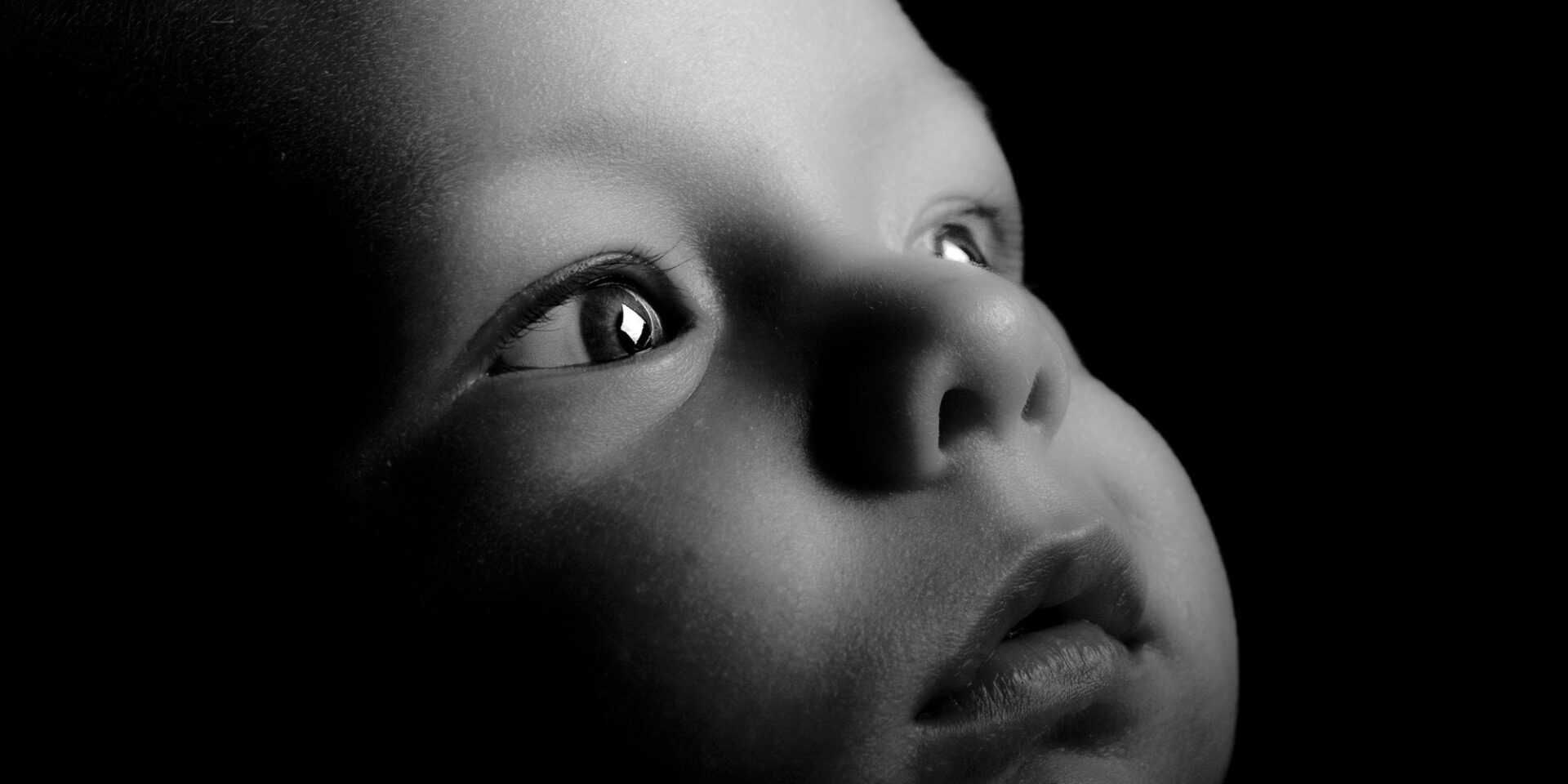If we experienced life through the eyes of a child, everything would be magical and extraordinary. -Akiane Kramarik
In today’s face-paced digital age, the well-being of our children’s eyes has never become more critical. Healthy vision is fundamental to a child’s development, education, and overall quality of life. As parents and caregivers, it is our responsibility to nurture eyesight from an early age. In today’s article, we focus on the world of pediatric eye care, understanding vision development in children, what to look out for, and how to ensure your little ones grow up with clear, healthy vision.
Vision Development in Children
The journey of visual development is fascinating to understand. From birth to adolescence, vision can be broadly divided into three stages:
- Newborns to Infants – At birth, babies have very limited vision. While the amount of color vision is unknown, infants likely do not see subtle differences in color until around 3 months of age. Further, the ability to focus beyond 10 inches away is nearly nonexistent, and what vision they do have is poor in quality. Don’t be concerned if your newborn is unable to look at and follow your face. Around 5 months, though as late as 8 months, your infant will start to develop their 3D world, able to react with newfound depth perception. By 12 months, your baby’s eye color will stabilize and they will be crawling, some even trying to walk.
- Toddlers to Preschoolers – Between the 12 months and 3 years, your child will continue to hone their fine motor skills and their vision will continue to improve. Throughout this time, eye focusing, tracking, and depth perception will develop rapidly. By the time your child turns 4, they should be able to copy shapes like a circle when drawing. Around this age, your child should be able to read most lines of an eye chart during a typical routine eye exam.
- School-Age Children – Once your child reaches school-age, letter and object recognition will start to develop. During this time, eye convergence (the eyes moving and working together) should have finished developing. This helps your child with reading, following words from left to right across a page.
While these milestones develop at different rates depending upon your child, they are good guidelines to be aware of. If you’re concerned that these milestones aren’t being hit, consider scheduling an eye exam with your doctor to discuss your child’s specific development. Keep an eye out for signs of visions problems such as tilting heads, blinking or squinting a lot, or avoiding reading altogether.
Common Vision Problems in Children
Several vision problems can affect children:
- Amblyopia (Lazy Eye) – Amblyopia, commonly known as lazy eye, leads to reduced vision in typically just one eye and affects approximately 3% of children born today. If you notice your child is developing a lazy eye, get them in to see an ophthalmologist. Amblyopia can be corrected in a variety of ways, and the sooner treated the less of a negative impact amblyopia will have on your child’s vision journey.
- Strabismus (Crossed Eyes) – Strabismus occurs when the eyes are misaligned. Leading to double vision and other issues, misaligned eyes are relatively easily treated. An ophthalmologist will perform a tightening of the muscles on either side of the eye, realigning the eyes. While this surgery is extremely low risk, do not wait to get it fixed. Most insurance plans will fully cover this procedure, and leaving strabismus to later stages in life can greatly affect both development and visual health.
- Refractive Errors (Blurry Vision) – Refractive errors such as myopia (nearsightedness), hyperopia (farsightedness), and astigmatism are becoming far more common in children. It is estimated that 65% of people born in 2050 will have some form of difficulty seeing crisp, clear images. It is advised to not wait for symptoms of blurry vision to develop in your child. With how many people will be affected by refractive errors, a simple trip to your eye doctor could result in much improved development in your child.
Signs of Vision Problems
Identifying vision problems is crucial to cognitive and visual development. Keep an eye out for:
- Frequent eye rubbing
- Excessive tearing or dry eyes
- Squinting or holding objects close to the face
- Frequent headaches or eye strain
- Difficulty reading or focusing on close-up tasks
- Unable to read signs or having to sit at the front of the classroom
Your best resource during your child’s development is their teacher at school. Be sure to ask your child’s teacher if they’ve noticed any issues in regard to vision while sitting in the classroom.
The Important of Early Detection
Early detection of vision complications can prevent long-term issues. Learning, motor ability, and cognitive function are all influenced by a child’s visual development. Here’s what you need to know:
- Role of Pediatric Eye Exams – These exams go beyond regular check-ups and assess various aspects of your child’s eye health and vision development.
- Recommended Schedule – Your child should have their first eye exam between the ages of 6 months and one year. Your eye doctor will provide you with a recommended regular check-up schedule at this exam.
- Identifying and Addressing Vision Issues Early – Early intervention can prevent more severe problems in the future and ensure your child’s vision develops as it should. The sooner vision issues are detected, the smaller the impact they will be on your child’s lifelong well-being.
Nurturing Healthy Vision
Outside of monitoring and correction issues as they arise, you can play an active role in the development of healthy eyes in your child. Consider:
- Healthy Lifestyle Habits – Balanced diets rich in eye-friendly nutrients and limiting screen time in favor of outdoor activities can greatly reduce the impact of digital eye strain. Studies show that sunlight plays a direct role in the development of crisp, clear vision.
- Creating a Vision-Friendly Environment – Proper lighting while reading, ergonomic workspaces, and eye safety measures at home can help protect your child’s vision.
- Protective Eyewear – We cannot stress enough how important protective eyewear can be in the development of your child’s eyes. Make sure your child has UV protective sunglasses for extended outdoor play and safety glasses when involved in high-risk activities. If you should be wearing safety glasses, so should your child.
Tips for Preparing Children for Eye Exams
Preparing your child for an eye exam can help ease their anxiety and make doctor visits a stress-free experience.
- Start them Early – Getting your child in for their first eye exam between 6 months and a year of age will expose your child to eye doctor visits. This exposure goes a long way to preventing the development of anxiety over eye doctor visits in the future.
- Explain the Process – Walk your child through what they can expect during the exam, so they feel more comfortable.
- Choose the RIGHT Specialist – Opt in for a pediatric eye care specialist experienced in working with children, such as Dr. Hammond at Carrot LASIK & Eye Center.
- Comforting Techniques – A little bit of ice cream after a non-stressful eye doctor visit will go a long way to making the next visit that much smoother.
Addressing Common Concerns
- Glasses and Contact Lenses – If your child needs corrective lenses, ensure they have a wide range of stylish and comfortable options. Don’t just go with the contact lens option, make sure they have glasses they can choose to wear if their eyes are feeling tired or irritated.
- Pediatric Eye Surgery – In some cases, surgery may be necessary. It is essential to consult with your eye doctor to decide upon the best course of action.
- Coping with Diagnosis and Treatment – Emotional support is crucial when your child is dealing with vision issues. Be patient and understanding as their vision develops.
- Financial Considerations and Insurance – Most insurance will cover childhood surgery, such as strabismus surgery. Investigate your insurance coverage for eye care services and discuss the best options with your eye care provider.
Conclusion
Eyecare in children does not need to be stressful. Nurturing strong, healthy vision in children is pivotal in the development of a strong, healthy brain. Prioritize your child’s eye health by scheduling their vision exam today!




